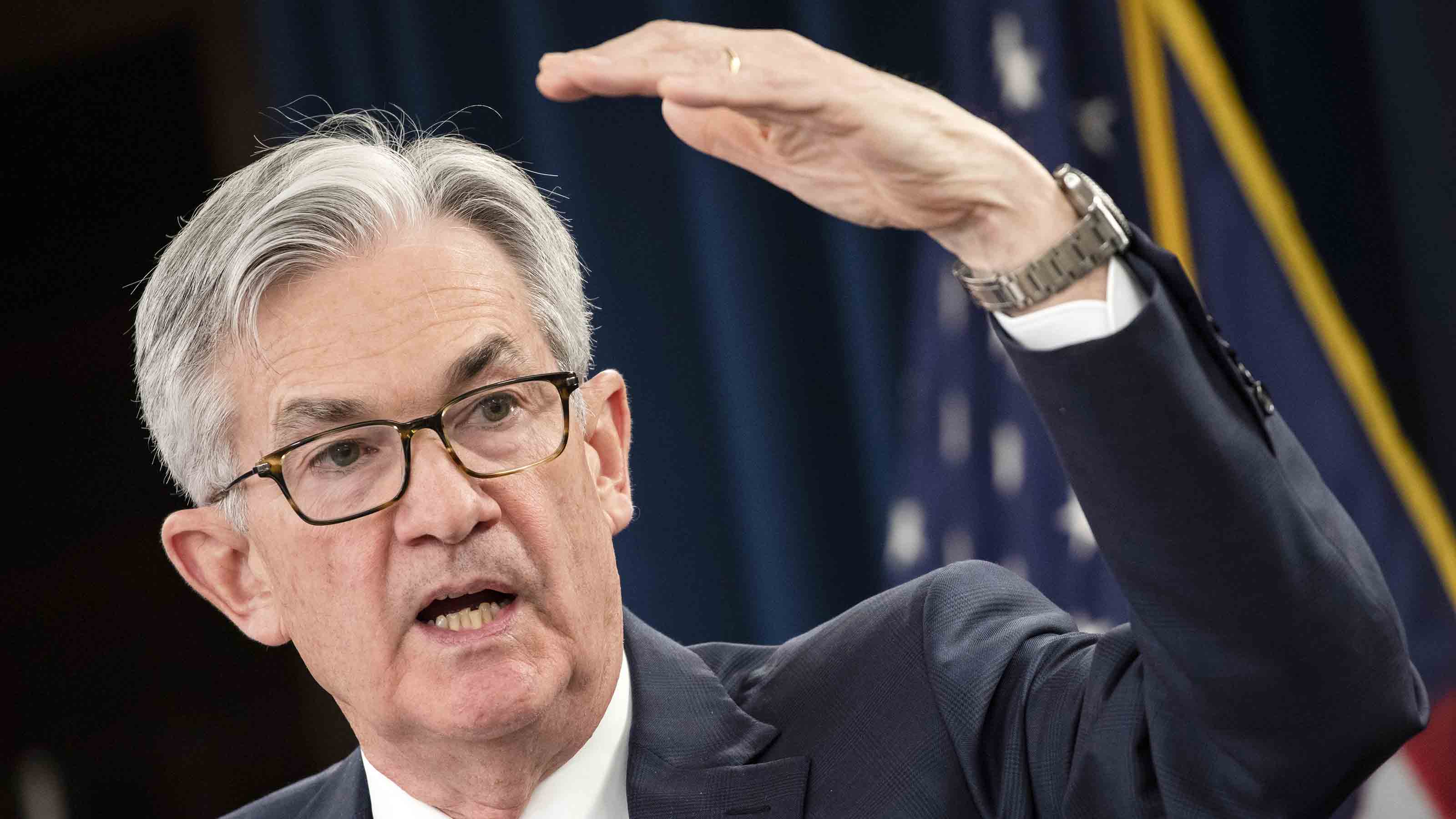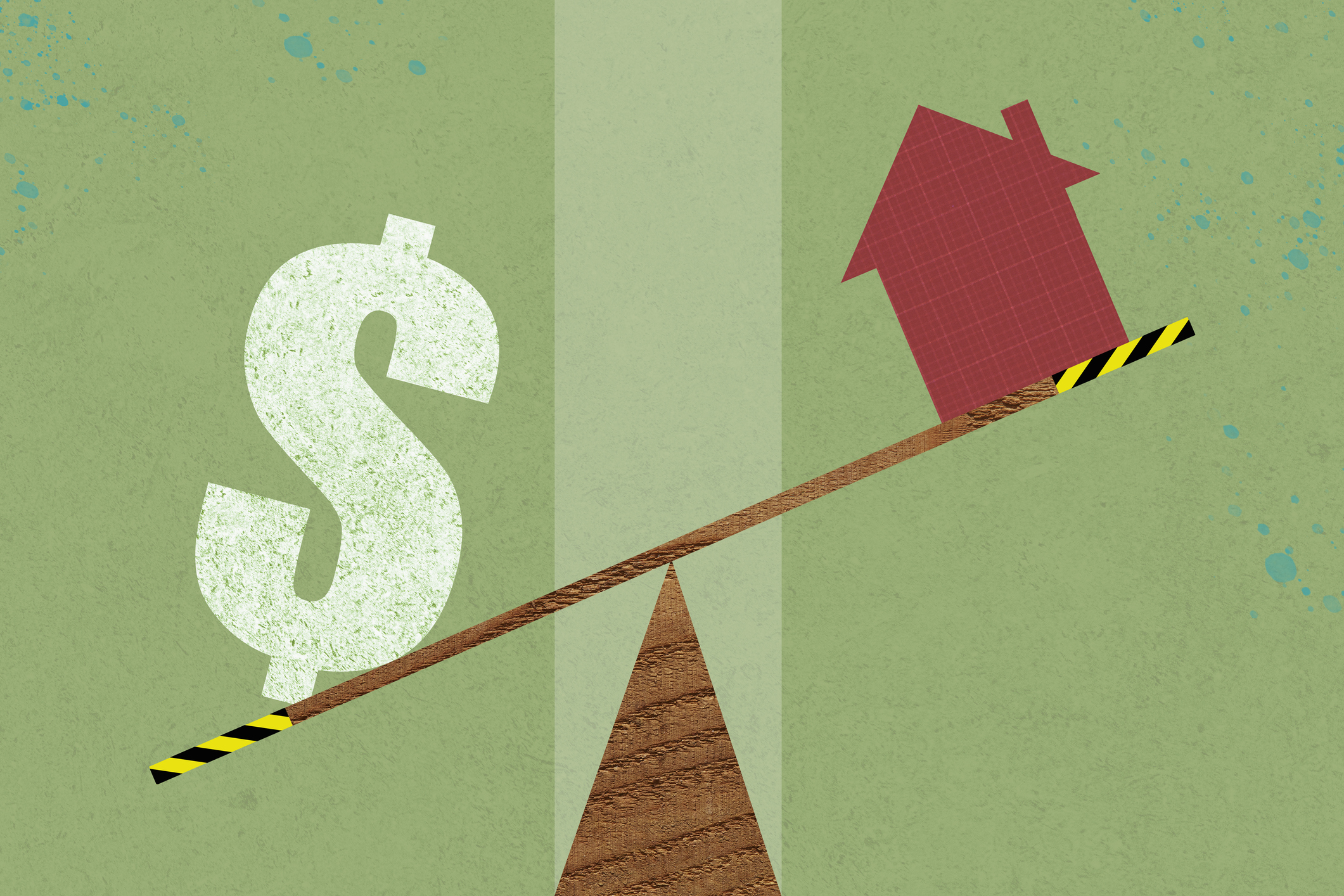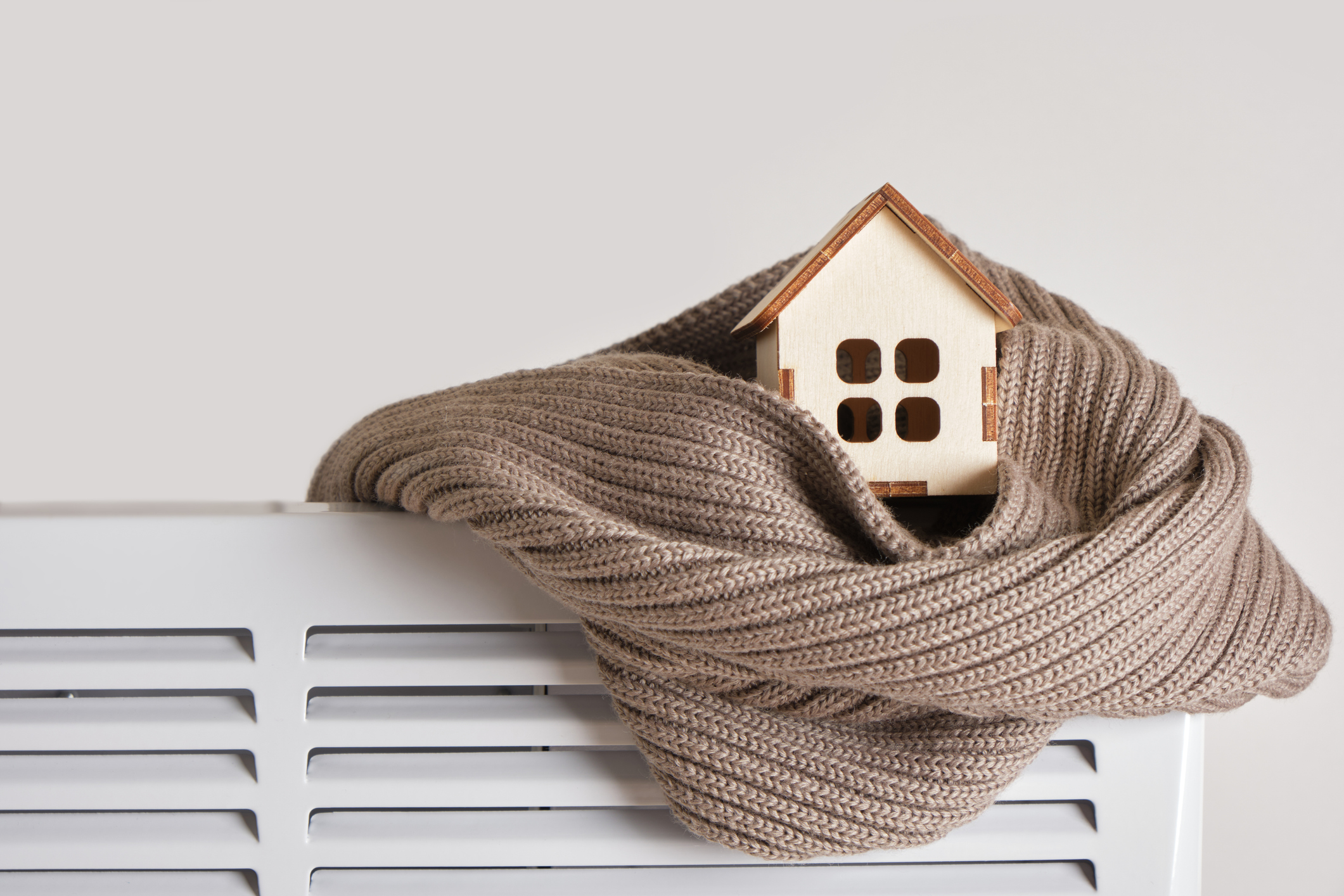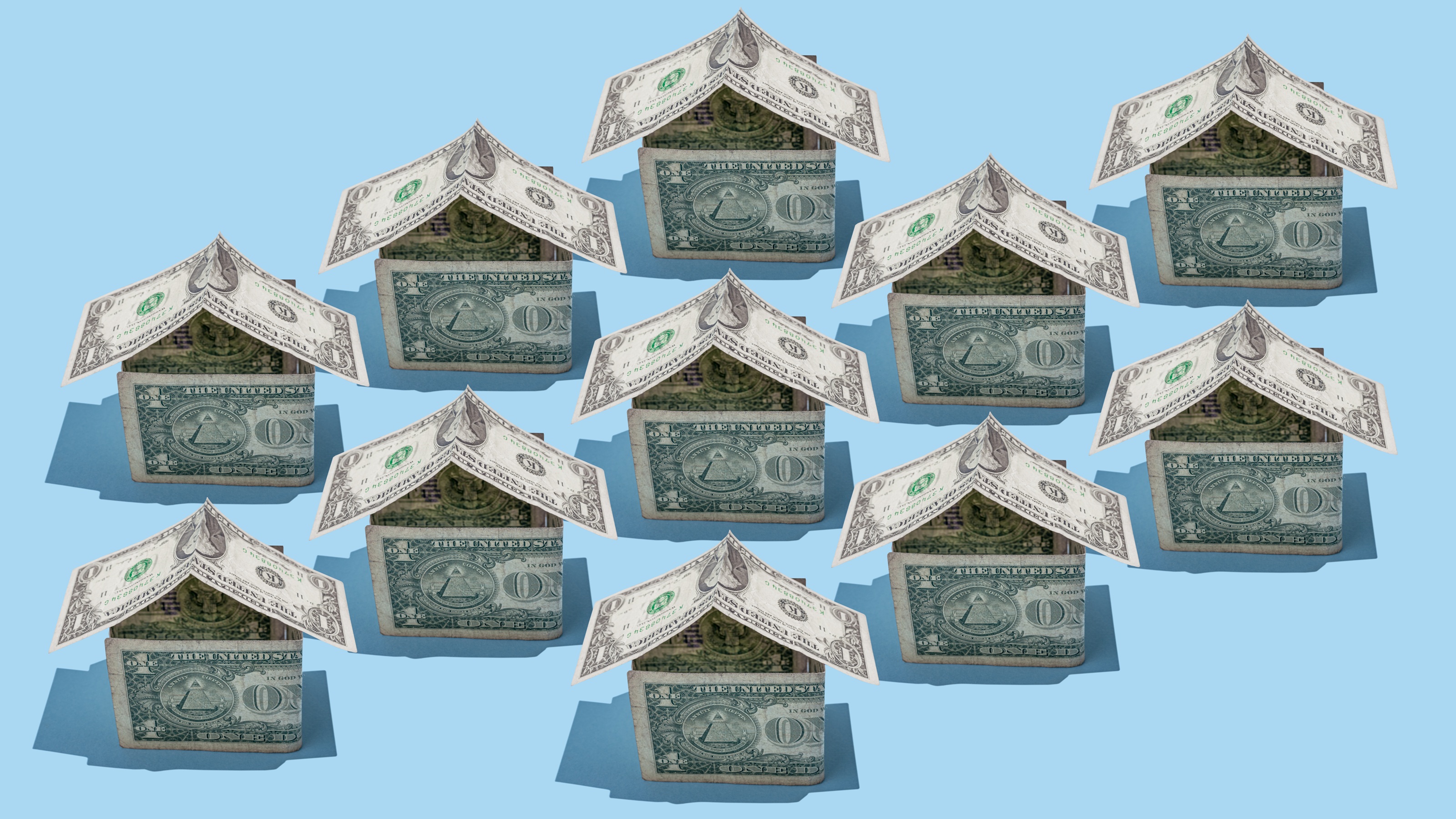How the Federal Reserve Affects Mortgage Rates — and What It Means for Homebuyers in 2025
Mortgage rates are still fluctuating in 2025 as the Fed begins cutting rates. Learn how interest rate changes affect your monthly payments and what buyers should watch for this year.

When the Federal Reserve Board met in October, it cut rates for the secondtime this year. After holding them at 4.25% to 4.50% for months, rates now stand at 3.75% to 4.00%.
While that might sound like a small change, the decision influences nearly every type of lending product, including mortgage rates, car loans and savings accounts.
The Federal Reserve, or Fed, is the central bank of the United States. It regulates the country’s financial system. The Fed's decisions could signal either economic growth or a potential downturn.
From just $107.88 $24.99 for Kiplinger Personal Finance
Become a smarter, better informed investor. Subscribe from just $107.88 $24.99, plus get up to 4 Special Issues

Sign up for Kiplinger’s Free Newsletters
Profit and prosper with the best of expert advice on investing, taxes, retirement, personal finance and more - straight to your e-mail.
Profit and prosper with the best of expert advice - straight to your e-mail.
One of the most critical discussions during each Federal Open Market Committee (FOMC) meeting is whether to raise, lower or hold interest rates. A rate increase often signals confidence in the economy — typically when unemployment is steady and growth is strong — and is used to cool inflation if prices are climbing too quickly.
On the other hand, lowering rates is a tool to stimulate the economy, making borrowing cheaper when growth is slowing or inflation is easing.
With inflation moderating and growth showing signs of cooling, many experts expect the Fed could cut rates again after the December Fed meeting.
For most folks, Fed meetings might not seem to carry much weight. But the outcomes of these meetings — especially when it comes to interest rates — affect all consumers, especially those on the hunt to buy a home.
How Federal Reserve policy affects mortgage rates
The Fed doesn’t set mortgage rates or other consumer lending rates directly. However, when the central bank changes its benchmark interest rate, lenders and financial institutions often adjust their own rates in response.
For example, if the Fed raises interest rates, you might see a boost in your high-yield savings account’s annual percentage yield (APY), meaning you’ll earn more money on your savings.
But it also means that if you need to take out a loan — such as a mortgage or auto loan — your interest rate could be higher than someone who borrowed earlier.
A drop in interest rates typically signals that the Fed wants to encourage consumer spending. The less you pay in interest, the more likely you are to borrow and spend.
Lower interest rates indicate to potential buyers that, with strong credit, they could secure a better mortgage rate than someone who purchased a home earlier this year.
While the 10-year Treasury yield has more influence on mortgage rates than the Fed’s benchmark rate, both play a role in shaping lender decisions to raise or lower interest rates.
Curious about rates? Explore and compare some of today’s top mortgage products with the tool below, powered by Bankrate.
Mortgage rate trends in 2025: What homebuyers should know
As of December, the average rate for a 30-year fixed-rate mortgage was 6.19%, and 5.44% for a 15-year fixed-rate mortgage, according to Freddie Mac.
At this time last year, rates started to slowly drop. By September 2024, the 30-year fixed-rate mortgage dropped to 6.08% — the lowest rate since February 2023. Rates then rose nearly a percentage point by January, reaching 7.04%. A 15-year fixed-rate mortgage was 6.27% at that time.
We might never see the 2% to 3% mortgage interest rates of the early years of the COVID-19 pandemic again. Current rates are roughly double the all-time lows from 2020 and 2021.
Prospective homebuyers are facing tough decisions about how to afford new homes. The median home sale price for the first quarter of 2025 was $416,900, according to the Federal Reserve Bank of St. Louis. That’s a significant jump from the second quarter of 2020, when the median was $317,100 — an increase of nearly $100,000 in five years.
Home prices peaked at $442,600 in the fourth quarter of 2022 — the highest level on record — and have fluctuated since then.
Even as home prices have increased and interest rates have edged upward, the federal minimum wage remains $7.25 an hour — the rate it’s been since 2009. While incomes have stagnated, the cost of living has risen, making it harder for would-be buyers to save for a home.

What happens to mortgages if the Fed raises rates?
If interest rates go up, it becomes more difficult for folks to buy a home. It can also lead to longer wait times for homes already on the market to sell.
In October, the median time a home sat on the market was 63 days, according to the Federal Reserve Bank of St. Louis. This time last year, it was 55 days.
Higher interest rates mean home affordability could decline, and homebuyers are less likely to refinance their current mortgages.
Home prices might drop, which is good news for potential buyers but bad news for sellers looking to maximize profits. However, a drop in home prices doesn’t necessarily mean lower monthly payments.
For example, consider a $417,000 home with a 10% down payment and a 6.8% interest rate.
Now compare that with a $407,000 home with the same 10% down payment but a higher interest rate of 7.8%. Despite the lower purchase price, the higher interest rate leads to a larger monthly mortgage payment — $2,971 compared with $2,788.
Home price | Down payment | Interest rate | Est. monthly payment |
$417,000 | $41,700 | 6.8% | $2,788 |
$407,000 | $40,700 | 7.8% | $2,971 |
Even as the home price dropped, a slightly higher interest rate shows larger monthly mortgage payments than homes with a lower interest rate.
What happens to the housing market if the Fed holds or cuts rates?
If the Fed holds rates steady, mortgage costs are likely to remain where they are, keeping both buyers and sellers in a “wait and see” mode. If the Fed cuts rates, borrowing becomes cheaper.
That can encourage more homeowners to refinance or list their properties, and it often draws more buyers into the market. Increased demand can, in turn, push home prices higher.
Still, many prospective buyers track the Fed closely and might delay making an offer if they believe rates are about to drop. A widely anticipated rate cut can temporarily cool sales activity as shoppers wait for more favorable financing terms.
How homebuyers can prepare for the Fed's next move
Whether you're buying your first home, considering a refinance or simply watching the market, understanding how Federal Reserve policy affects interest rates can help you make informed financial decisions.
While mortgage rates remain elevated compared with pandemic-era lows, they’re still shifting in response to broader economic conditions. Keeping an eye on upcoming Fed meetings and economic indicators could give you a clearer picture of when the right time to act might be.
Related Content
Profit and prosper with the best of Kiplinger's advice on investing, taxes, retirement, personal finance and much more. Delivered daily. Enter your email in the box and click Sign Me Up.
Dori is an award-winning journalist with nearly two decades in digital media. Her work has been featured in the New York Times, Wall Street Journal, USA Today, Newsweek, TIME, Yahoo, CNET, and many more.
Dori is the President of Blossomers Media, Inc.
She’s extensively covered college affordability and other personal finance issues, including financial literacy, debt, jobs and careers, investing, fintech, retirement, financial therapy, and similar topics. With a strong journalistic background, she’s also worked in content marketing, SEO, affiliate marketing, content strategy, and other areas.
Dori graduated with a Bachelor’s degree in Multimedia Journalism from Florida Atlantic University. She previously served as the president of the Florida Chapter of the Society of Professional Journalists, where her chapter won the coveted “Chapter of the Year” award for two consecutive years.
-
 Nasdaq Sinks 418 Points as Tech Chills: Stock Market Today
Nasdaq Sinks 418 Points as Tech Chills: Stock Market TodayInvestors, traders and speculators are growing cooler to the AI revolution as winter approaches.
-
 23 Last-Minute Gifts That Still Arrive Before Christmas
23 Last-Minute Gifts That Still Arrive Before ChristmasScrambling to cross those last few names off your list? Here are 23 last-minute gifts that you can still get in time for Christmas.
-
 The Rule of Compounding: Why Time Is an Investor's Best Friend
The Rule of Compounding: Why Time Is an Investor's Best FriendDescribed as both a "miracle" and a "wonder," compound interest is simply a function of time.
-
 How Much Income You Really Need to Afford a $500,000 Home
How Much Income You Really Need to Afford a $500,000 HomeAs home prices increase, the income needed for a house is also climbing. We break down what you need to earn to afford a $500,000 home.
-
 How Much Would a $50,000 HELOC Cost Per Month?
How Much Would a $50,000 HELOC Cost Per Month?Thinking about tapping your home’s equity? Here’s what a $50,000 HELOC might cost you each month based on current rates.
-
 Should You Tap Your Home Equity Before 2026?
Should You Tap Your Home Equity Before 2026?As borrowing rates and tax law shifts converge, here's what homeowners need to know before pulling equity out of their home.
-
 11 Cities With the Cheapest Groceries in the US
11 Cities With the Cheapest Groceries in the USIf you live in one of these 11 cities, you're paying less than the rest of the country to keep your fridge stocked.
-
 My $1.2 Million Vacation Home Has a $360K Mortgage. I Don't Need My Upcoming $45K RMD. Should I Use It to Pay Down the Mortgage?
My $1.2 Million Vacation Home Has a $360K Mortgage. I Don't Need My Upcoming $45K RMD. Should I Use It to Pay Down the Mortgage?We asked wealth planners for advice.
-
 5 Simple Fixes to Save on Heat Bills This Winter
5 Simple Fixes to Save on Heat Bills This WinterWith fuel prices expected to rise 10% or more this winter, making your home more energy efficient will really pay off.
-
 5 Charming Small Towns Where America's Wealthy Retire
5 Charming Small Towns Where America's Wealthy RetireDiscover 5 small communities in the U.S. for affluent retirees — where charm outweighs the cost.
-
 I'm a Real Estate Investing Pro: This High-Performance Investment Vehicle Can Move Your Wealth Up a Gear
I'm a Real Estate Investing Pro: This High-Performance Investment Vehicle Can Move Your Wealth Up a GearLeave online real estate investing to the beginners. Accredited investors who want real growth need the wealth-building potential of Delaware statutory trusts.

